Growing Popularity of Aquascaping
Aquascaping, the art of arranging aquatic plants and decorations in aquariums, is gaining traction within the Aquarium Market. This trend appeals to both aesthetic sensibilities and the desire for creative expression among aquarium enthusiasts. As more individuals engage in aquascaping, the demand for specialized equipment, such as substrate materials and aquatic plants, is expected to rise. Recent estimates indicate that the aquascaping segment could account for up to 25% of total aquarium sales in the coming years. This growing popularity not only drives revenue for manufacturers but also fosters a community of hobbyists who share ideas and techniques, further enriching the Aquarium Market. As aquascaping continues to evolve, it may lead to the emergence of new products and services tailored to this niche.
Increased Focus on Sustainability
Sustainability emerges as a pivotal driver within the Aquarium Market, as consumers become more environmentally conscious. The demand for eco-friendly products, such as sustainable fish food and energy-efficient filtration systems, is on the rise. Recent data indicates that nearly 40% of aquarium owners prioritize sustainability when making purchasing decisions. This shift compels manufacturers to innovate and develop products that minimize environmental impact while maintaining high performance. Furthermore, the Aquarium Market is witnessing a growing trend towards aquascaping, which emphasizes natural aesthetics and biodiversity. As sustainability becomes a core value for consumers, businesses that align their offerings with these principles are likely to gain a competitive edge and foster customer loyalty.
Rising Interest in Aquatic Hobbies
The Aquarium Market experiences a notable surge in interest as more individuals seek engaging hobbies that promote relaxation and creativity. This trend is particularly evident among millennials and Gen Z, who are increasingly drawn to the aesthetic and therapeutic benefits of maintaining aquariums. According to recent surveys, approximately 30% of households now own an aquarium, reflecting a growing appreciation for aquatic life. This rising interest not only drives sales of aquarium equipment and supplies but also encourages the development of innovative products tailored to hobbyists. As the market expands, businesses are likely to capitalize on this trend by offering diverse options that cater to various skill levels and preferences, thereby enhancing the overall appeal of the Aquarium Market.
Increased Awareness of Aquatic Ecosystems
The Aquarium Market benefits from a heightened awareness of aquatic ecosystems and biodiversity, as educational initiatives and conservation efforts gain momentum. Consumers are increasingly interested in understanding the ecological impact of their aquarium choices, leading to a demand for ethically sourced fish and plants. Recent surveys indicate that over 50% of aquarium owners express concern about the sustainability of their aquatic life choices. This awareness encourages businesses to adopt responsible sourcing practices and promote conservation messages, thereby enhancing their brand image. As the market evolves, companies that prioritize education and ethical practices are likely to resonate with environmentally conscious consumers, ultimately driving growth within the Aquarium Market.
Technological Advancements in Aquarium Maintenance
Technological advancements significantly influence the Aquarium Market, as innovations in automation and smart technology enhance the maintenance of aquariums. The introduction of smart sensors and automated feeding systems simplifies the care process, making it more accessible for both novice and experienced aquarists. Market data suggests that the segment for smart aquarium devices is projected to grow by over 15% annually, reflecting a shift towards convenience and efficiency. Additionally, mobile applications that monitor water quality and provide care reminders are gaining traction among aquarium enthusiasts. These technological developments not only improve the user experience but also attract a broader audience to the Aquarium Market, potentially increasing overall market size and profitability.


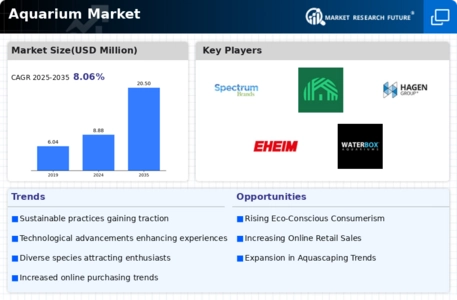
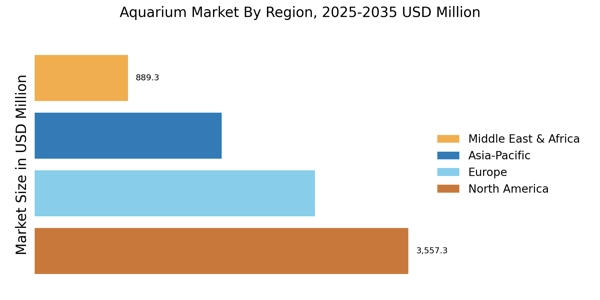


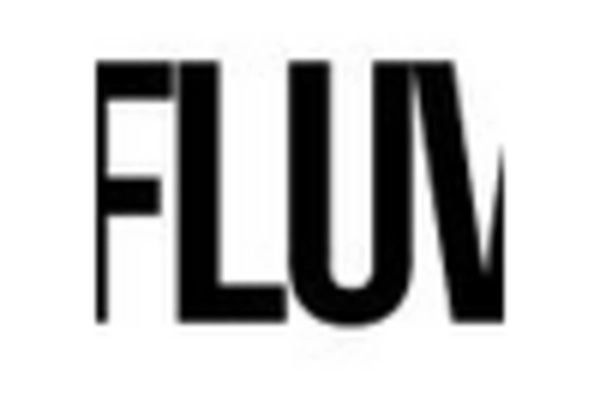
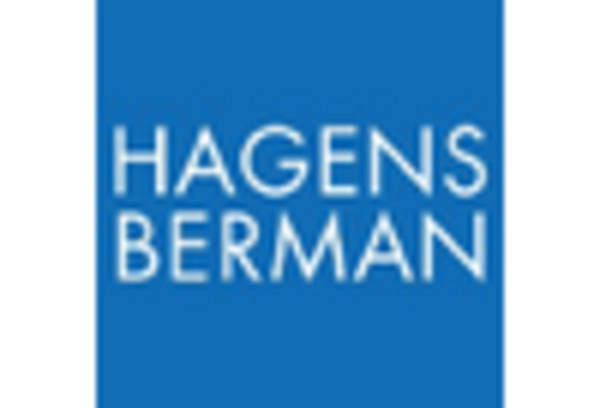
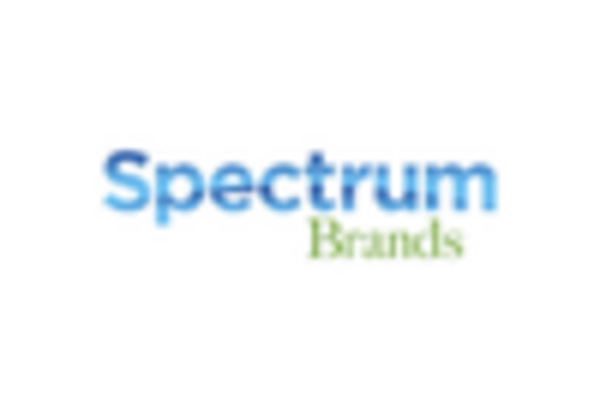
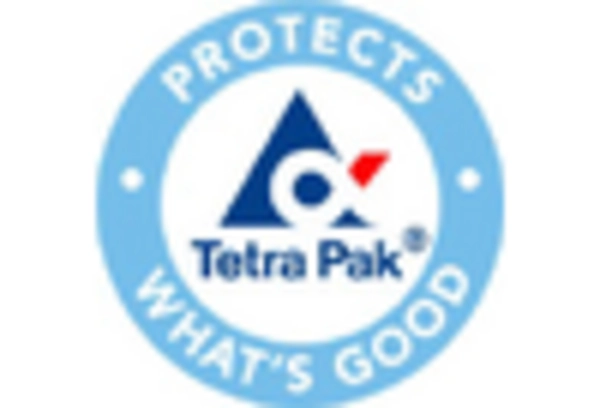








Leave a Comment